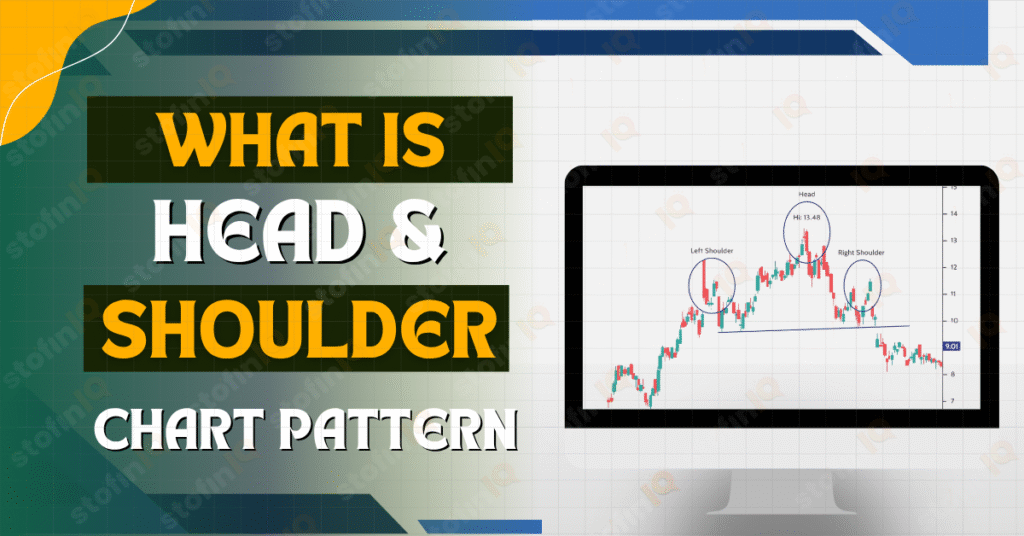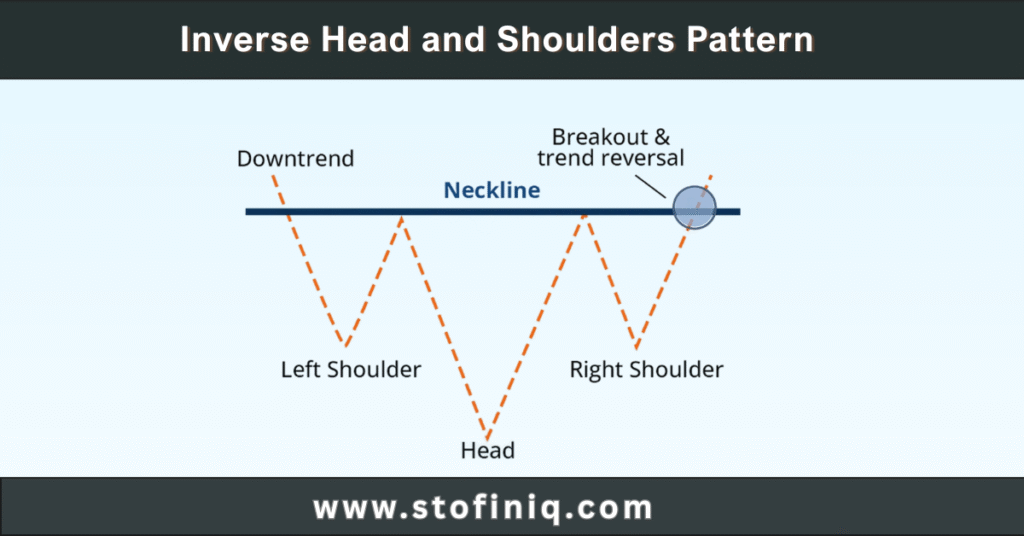
Choosing between the types of trading is often a hectic task for a new trader. There are many strategies for trading, but Intraday Trading vs Swing Trading is something that new traders often think about when deciding between types of trading.
Both of these strategies of trading have their own set of rules, risks and rewards. It is very important to understand the difference between intraday trading and swing trading. Here in this blog, we will discuss the difference between these two strategies of trading.
What Is Intraday Trading?
Intraday trading is also known as day trading. This trading consists of buying and selling financial instruments within the same trading day.
In this form of trading, no trades are carried over the next day. The main goal of intraday trading is to make maximum profits from the price movements that happen in the span of a few minutes to a few hours.
Intraday traders usually do heavy technical analysis, price actions and real-time charts. The decisions have to be made in a fraction of the time; therefore, this form of trading requires high skill and experience and also a strong mindset of trading
Intraday Trading vs Swing Trading mainly is about the factor of time and risk exposures.
Key Takeaways
- Intraday trading requires constant analysis throughout the day, which makes it more hectic and stressful.
- Swing trading is less stressful because constant analysis is not required.
- A Trading strategy Intraday Trading vs Swing Trading, completely depends on the type of trader.
- Swing trading is mostly advised for beginners.
- Both intraday trading and swing trading have their advantages and disadvantages.
Advantages of Intraday Trading
- Quick Profits: Intraday trading is loved by many traders because it gives the trader a chance to evaluate his/her strategies. This is because after the end of the day, the trader can check whether the strategy worked or not, and this way he/she gets another chance for the next day. So, if they plan well and make smart choices, they can make profits smoothly before the day is over.
- No Overnight Risk: when the traders close all positions before the market closes, they can eliminate exposure to unexpected news and events, and these news and events could have impacted their holdings. This way the trader can manage risk more efficiently and react to the market in a better way during hours without uncertainty that comes after-hours events.
- Multiple Opportunities: The fast pace of the market provides numerous trading setups every day.
- Capital Leverage: Many brokers offer higher leverage for intraday positions, increasing potential returns.
Disadvantages of Intraday Trading
- High Stress Levels: intraday trading requires continuous thinking and the trader is always in a state of rush, this can be very exhausting and overwhelming. This can later turn into heightened anxiety and fatigue, and thus the overall well-being of the person is affected.
- Constant Monitoring: Traders must stay glued to screens for hours, which can be time-consuming.
- Overtrading: Intraday trading makes you develop a temptation to chase profits, this can lead to excessive trades and hence higher brokerage fees, which will in the end damage the returns. Also, these hasty decisions make investors miss out long long-term growth opportunities as they focus more on short-term changes rather than a strong strategic investment plan.
- Low-Profit Margins: Since intraday trades aim for small price movements, each trade might bring in limited profits.
What Is Swing Trading?
In swing trading, the positions are held for more than one day. This is usually done between a few days to a few weeks. Swing trading focuses mainly on short-to medium trends. Traders following swing trading stratgey use combinations of technical analysis suich as , moving averages , candlestick patterns sometimes also the fundamental analysis.
As swing trading is not about finishing the trade after the end of the day, it does not require as much monitoring as intraday trading. Swing trading is suitable for people who do not have much time and are most likely involved in a full-time job or some other responsibilities.
In comparing Intraday Trading vs Swing Trading, the key difference is the duration of the trade. This is the reason this type of trading seems more beneficial for beginners.
Advantages of Swing Trading
- More Time for Decisions: Traders can analyze their trades with greater depth and attention, allowing them to make well-informed decisions and significantly reduce the likelihood of acting on impulse.
- Better Work-Life Balance: No need to be glued to the screen all day.Unlike intraday trading the trader is not deprived of having fun in his personal life.
- Potential for Higher Profits: Holding positions over several days may allow for larger price moves and greater returns.
- Less Emotional Pressure: Since trades develop over time, there’s less need to react instantly to market movements.
Disadvantages of Swing Trading
- Overnight Risk: Markets can be affected by the events happening around, the global news or unexpected events that may occur outside the trading hours can affect the market. This makes it crucial for the investors to be in touch with the potential developments and events.
- Requires Patience: Profits may take days to realize, and false signals can lead to prolonged losses.
- Lower Trading Frequency: Fewer trading opportunities compared to intraday trading.
- Margin Charges: Swing positions may incur higher margin costs for holding overnight.
Intraday Trading vs Swing Trading: Which One Is Better for Beginners?
Here’s a side-by-side comparison:
| Criteria | Intraday Trading | Swing Trading |
| Time Commitment | High (hours per day) | Moderate (minutes to an hour/day) |
| Risk Level | High (fast-moving trades) | Moderate (with overnight risks) |
| Stress Level | High | Lower |
| Profit Potential | Frequent, smaller profits | Less frequent, larger profits |
| Learning Curve | Steep | Manageable |
For beginners, swing trading often proves to be more forgiving. It allows more time to learn, understand patterns, and grow confidence without the pressure of fast-paced decision-making. However, those who have ample time, strong discipline, and a desire to trade actively might enjoy the excitement and challenges of intraday trading.
To decide between intraday trading vs swing trading, assess your goals, time availability, and emotional resilience.
Intraday Trading vs Swing Trading: Which One Is More Profitable?
Profitability in trading depends more on execution and discipline than on the strategy itself. That said, Intraday Trading vs Swing Trading each has its earning potential:
- Intraday trading offers more opportunities to make money daily, but the profits are usually small and require a high win rate.
- Swing trading can yield larger profits per trade, though the number of trades will be fewer.
Beginners often find swing trading more profitable because they are less likely to make impulsive errors and can plan trades better.
How to Start Swing Trading
- Open a Trading Account: Choose a broker that offers good charting tools and low fees.
- Learn Chart Patterns: Understand support, resistance, moving averages, and candlestick patterns.
- Track Market Trends: Follow news and earnings reports to align with market sentiment.
- Use a Trading Journal: Record each trade and learn from the outcomes.
How to Start Day Trading
- Select a Reliable Broker: Look for fast execution, low commissions, and advanced charting tools.
- Start Small: Use minimal capital until you develop a reliable strategy.
- Practice with a Demo Account: Test strategies without real money.
- Stick to a Plan: Set entry/exit rules, and risk levels, and avoid emotional decisions.
FAQs (Frequently Asked Questions)
For most beginners, swing trading is better because it provides more time to analyze trades and carries less emotional pressure.
Yes, both terms refer to the practice of buying and selling stocks within the same trading day.
Yes, but it’s best to master one style before trying both. Managing two strategies can be confusing for new traders.
-
- Intraday: You can start with as little as ₹5,000 to ₹10,000 depending on broker leverage.
-
- Swing: Ideally ₹10,000 or more, since you’ll hold positions longer and may need to diversify.
Swing trading usually has lower brokerage costs since you place fewer trades compared to intraday trading.
Conclusion
When it comes to Intraday Trading vs Swing Trading, the choice ultimately depends on your personality, risk tolerance, and time availability. Intraday trading suits those who thrive in fast-paced environments and can monitor charts for hours. Swing trading is ideal for those who prefer a more relaxed approach and want to trade alongside other commitments.
Congratulations on making it to the end of the blog, you have taken a valuable step towards enhancing your financial knowledge. If you’re looking to increase your understanding of finance, mutual funds, stock market trading, and more, be sure to follow our blog, StofinIQ. By staying updated with our insights you will be equipped to make financial decisions and increase your expertise in this field.
Keep learning and making profits and let’s navigate the world of finance together.
Reference:
I left my engineering job to follow my true passion writing and research. A passionate explorer of words and knowledge, I find joy in diving deep into topics and turning rich, insightful research into compelling, impactful content. Whether it’s storytelling, technical writing, or brand narratives, I believe that the right words can make a real difference.

